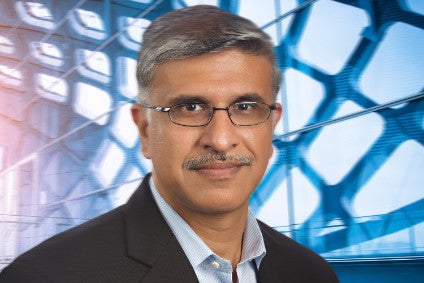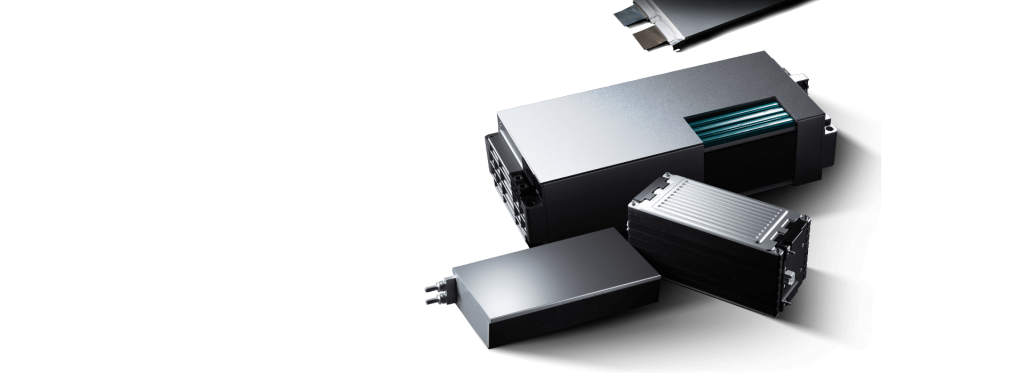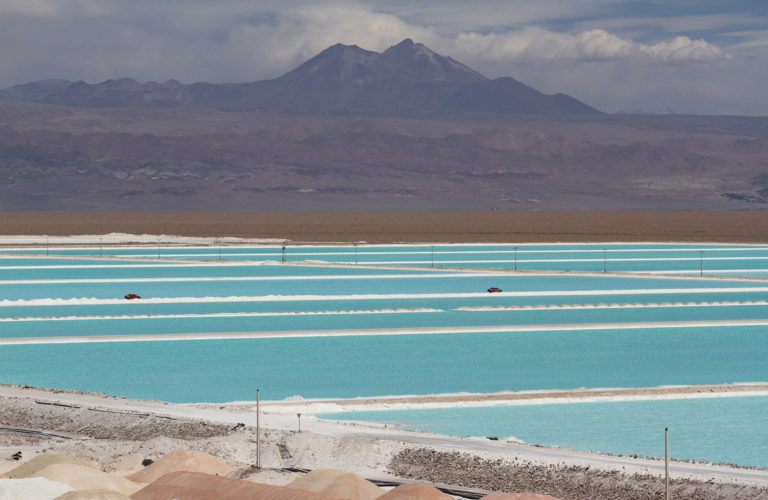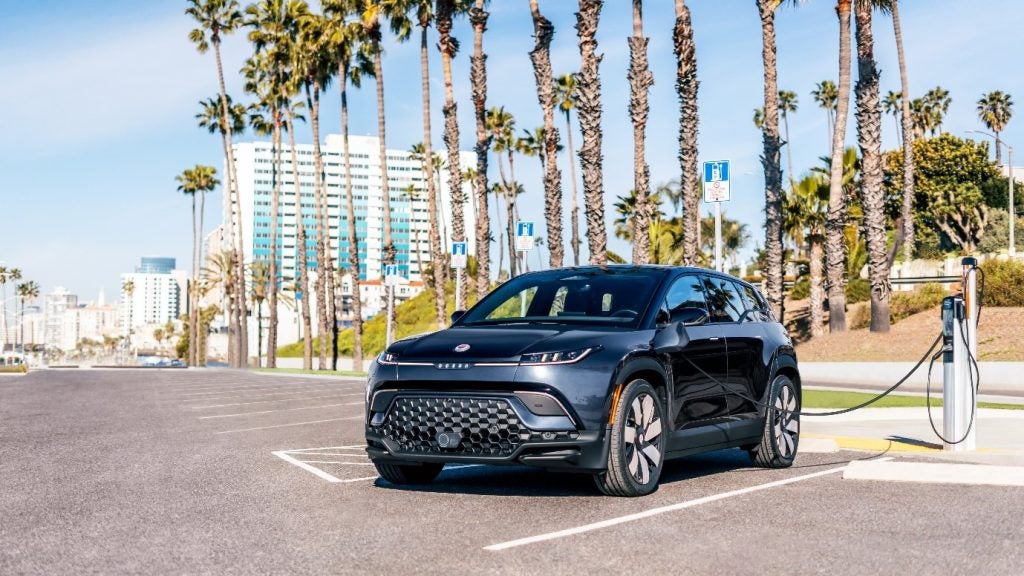
Continuing just-auto/QUBE's series of interviews with tier one component suppliers, we caught up with Swamy Kotagiri, Chief Technology Officer of Magna International at the IAA to learn more about its deep system knowledge across the car.
What is the headline message that you would like to put out here at the IAA?
All systems and all components are Magna. Fundamentally, we want to talk about the deep system knowledge that we have in the broad product portfolio we are presenting. But more important, we have the system knowledge to show the interface of the different systems culminating in our ability to engineer and contract manufacture a car.
What is it about Innoviz Technologies that appeals to Magna?
LiDAR is the most important of the sensor suite that enables the different levels of driver autonomy. And one of the challenges in that particular sensor was to find reliability and robustness along with economic viability. We believe, based on our understanding and technology scouting, that they have one of the best possibilities to address a solid-state LiDAR that is MEMS-based. And that is why we made the bet. We strongly believe in the concept, samples and data that we are going through in the development phase. It is meeting all our expectations.
You mentioned placing a bet but such investments are made on sound research.
How well do you really know your competitors?
Access the most comprehensive Company Profiles on the market, powered by GlobalData. Save hours of research. Gain competitive edge.

Thank you!
Your download email will arrive shortly
Not ready to buy yet? Download a free sample
We are confident about the unique quality of our Company Profiles. However, we want you to make the most beneficial decision for your business, so we offer a free sample that you can download by submitting the below form
By GlobalDataYes, one of the key things we believe in enabling different levels of autonomy is that you cannot be biased to a sensor. The fundamental idea is you need to have all the possible sensors from a domain knowledge perspective. I call them the tools in the tool box because when you are talking autonomy you are not talking about selling your radar, camera or LiDAR. What you are selling are features that are reliable and robust in as many conditions as possible. And what is the best combination that provides that feature? That is what I mean by bet.
Regarding your Max4, we understand that your focus is on developing production-ready solutions to enable Level 4 technology for when the market is ready. By when do you see this happening?
Level 4 is partly based on where the world legislation goes. It is also partly based on the use and application. In terms of using it in geo-constrained locations – whether it is on campuses or specific areas – then I think it is a much earlier possible proliferation compared to seeing it in a complete mix of vehicles everywhere. In terms of the latter scenario, [Level 4] is a long way off.
And by that time, your Max4 will be even further refined?
Absolutely. The objective that we talked about was we wanted to create a platform that was used as a development tool to test the limits of the sensor suite, fusion, computer processing and, like you said, how do we put it in a way that is 'production like'. Because our objective is not to create more challenges in the way we put the sensors together. We said that we do not want to make this look like an experimental set up.
Given the amount of hi-tech wizardry involved in the Max4, it sounds as if a significant slice of Magna is becoming more of a software company. Is that a fair?
Some of it is changing but some of it has already been there as a base. Maybe it is not isolated but when we did all wheel drive, torque vectoring and so on then such technologies involve a significant amount of software with algorithms, and control units becoming ever more present. A lot more feature-based things are coming in most of the product systems. That in itself is expanding our software capabilities and we continue to do that. ADAS is moving at a pace that is not normal to the automotive industry but it is very normal to the tech industry. We are starting to see a piece of that. So yes, we had a base and we continue to expand on that.
In terms of technologies, either developed in-house or through investments like Innoviz, does Magna have everything it needs today in order develop a Level 5 car?
I think the whole industry is still looking at the decision making and artificial intelligence part of it. I think that it is a significant hurdle that we all need to cross. And my personal belief is that one of the biggest challenges is how do you address that transition, because it is not an on/off switch that you can say we can have all autonomous cars. Because you will have a mix of different types of vehicle on the streets. And how to manage that will be a significant challenge that we all need to address.
We hear that Magna has gathered together a technology expert advisory council to advise it on new product decisions. Could you tell us more about that?
I think it has given a more concrete shape to a philosophy that we always had. So they are not developing the strategy. The company develops the strategy and vision, then it gives us a very good sanity check in terms of how an outside perspective places the automotive industry. To have that broader viewpoint and challenges sometimes on our strategy makes us consider things that we may not have thought of. In summary, they help us to push the limits of the envelope and always question the status quo, which keeps us on our toes. So that is what we are using the tech council for.
On that note, to what extent do the so-called West Coast OEMs provide a fresh perspective or place different demands compared to the traditional OEMs?
I believe that pushing the boundaries on all aspects is necessary all of the time. So has the involvement of the West Coast area given us a sense of urgency? Yes. But I think from the other side everybody that is new doesn't understand the complexity of the industry in terms of what it takes to develop automotive-grade systems. So it goes both ways. They are learning from us in terms of what it takes and how long it takes to put a system together that needs to last seven years or the average life of a vehicle.
Do you see more tech companies [like Google and Apple] pairing up with vehicle manufacturers when they realise just how costly and complex making a car really is?
I can't speculate on their product plans. The complexity is definitely a question that you need to experience. Like anything in the world when you read about it or hear about it then you want to have a chance to disrupt it. That in itself is a good thing for the industry. But once they realise there is maybe a different path, I think there are rules to be played by data and by tech and by service providers because the business model is changing entirely. It will take a little time to crystallize in terms of who is going to play what role, and that is what makes current times more interesting.
Do you see more lightweight advanced steels in tomorrow's electric cars?
Yes, you either want to reduce the weight and keep everything else the same so you can increase the range, or you may want to shed weight to counterbalance weight from additional features. We have talked about the domain controllers and all of these things. We do not look at it only from a material substitution but we look at it from a sense of how do we optimise emissions to the best level possible. One possible solution is lightweighting, while another possible solution is a change in a powertrain. And a third could be a change on aerodynamics. So we look at the overall equation. And if lightweighting gives the optimised benefits for the cost then we are open to all materials.
Coming back to your specific question, we had the mild steels evolved into hot stamp steels and so on. And I think now we are talking a little bit about next-generation steels that do not need the hot stamping process but still preserve the elongation properties. The steel industry continues to bring that forward. Then I think that will be an interesting area to watch in terms of which material applies where. Will aluminium continue to play a role or will steel make a comeback and take some prominence again. I think also that we cannot take our eye away from composites. When we say composites it is not just a direct substitution for a material. We look at it from a perspective of integration overall, i.e. how do you design an entire system and where are the possible elimination of parts. We look at lightweighting from that perspective rather than just substitution.
To what extent are you looking at unconventional materials?
We continue to look at the next generation of normal materials which is the third generation of steels. We are looking at aluminium, specifically what are the possible applications for 7000-series aluminium alloys. We are also looking at possible applications of magnesium. We are also looking at possible applications of different types of composites all the way to carbon fibre. And now there are possible additives like graphene and what impact can it have and depending on the application. We don't define a material, but define the properties that define a material and how do I achieve those properties.
Do you see promising applications for magnesium?
The material is always a cost equation. If for example I am looking at reducing the centre of gravity of a vehicle and it becomes extremely important to reduce the top half, whether it's magnesium or something else then the appetite to pay the amount of dollars for every pound saved changes. That is what really drives the material usage. We see magnesium in some non-structural materials such as an inner panel and there have been some front-end module applications, but I think it is has always been a question of how much will an automaker pay.







